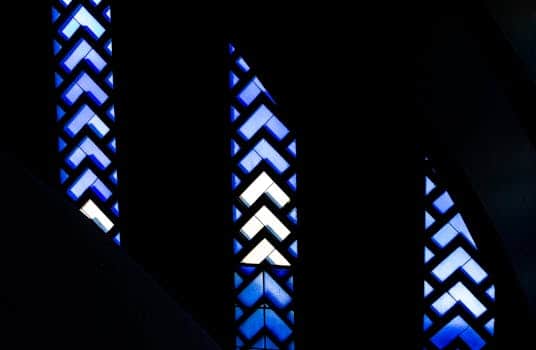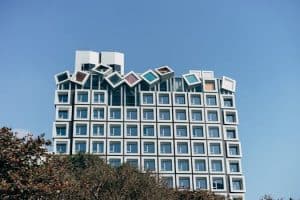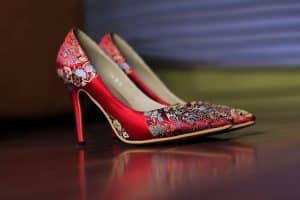The Return of Art Deco: Modern Takes on Classic Design
In the world of design, everything old is eventually new again. Trends from past decades always seem to resurface and inspire the latest styles. One such trend that has made a comeback in recent years is Art Deco. This timeless design movement emerged in the 1920s and 1930s, characterized by its sleek, geometric shapes, luxurious materials, and rich color palettes. Now, artists and designers are putting their own modern twist on this classic style, bringing back the glamour and sophistication of Art Deco in a new and refreshing way. Let’s dive into the return of Art Deco and explore the modern takes on this iconic design.
A Brief History of Art Deco
Art Deco, also known as the Art Moderne or Machine Age style, originated in France after World War I. It became popular during the roaring 20s, a time of economic prosperity and cultural change. This era was marked by a desire for modernization and a rejection of traditional, ornate styles. Art Deco reflected this sentiment, with its bold and streamlined designs that emphasized progress, technology, and luxury.
The movement quickly spread to other parts of the world, influencing everything from architecture and interior design to fashion and jewelry. The Art Deco style was characterized by its use of geometric shapes, symmetrical patterns, and the fusion of traditional and modern elements. It was a celebration of sleekness, speed, and luxury, incorporating materials like chrome, glass, and ivory.
The Modern Revival of Art Deco
After its initial popularity in the 1920s and 1930s, Art Deco fell out of favor in the post-war years. However, it never truly disappeared and has experienced several revivals over the years. In the 1960s, it made a brief comeback as part of the “mod” movement, and in the 1980s, it was incorporated into the designs of the Memphis Group, a collective of Italian designers who blended Memphis design with Art Deco elements.
But the modern revival of Art Deco can be traced back to the late 2000s and early 2010s, where it started gaining popularity again in interior design and graphic design. It has now become a global design phenomenon, with people incorporating Art Deco elements into their homes, offices, and even fashion.
The Return of Luxurious Materials
One of the defining features of Art Deco is its use of luxurious materials. In the current revival, designers are incorporating these same materials but with a modern twist. For example, instead of using real ivory, designers are using faux ivory to create intricate carvings and patterns. Other materials commonly used in Art Deco, such as marble, chrome, and velvet, are also being used in modern interiors to add a touch of opulence and luxury.
Sleek and Bold Geometric Designs
Geometric shapes are a key element of Art Deco, and they were often used to create bold, symmetrical patterns. This design aspect has been carried over into modern takes on Art Deco, with designers using abstract geometric shapes in wallpapers, fabrics, and furniture to add a striking and modern touch to the overall design aesthetic.
Modern Color Palettes
While Art Deco is known for its bold and vibrant color schemes, modern interpretations often take a more muted approach. Designers are incorporating shades of ivory, black, and gold to create a sophisticated and timeless look. They are also using unexpected pops of color, such as deep jewel tones and pastel hues, to add a modern twist to the traditional Art Deco color palette.
The Fusion of Traditional and Modern Elements
Art Deco was all about merging the traditional with the modern, and this aspect is still prevalent in modern takes on the style. While the overall design may have a modern touch, elements such as antique furniture or vintage-inspired decor are often incorporated to pay homage to the original Art Deco era.
In Conclusion
Art Deco has stood the test of time and continues to inspire designers and artists today. Its sleek, geometric designs and luxurious materials are a testament to the creativity and innovation of the movement. With the modern revival of Art Deco, we can see how this iconic style has evolved and adapted to fit the current aesthetic, while still maintaining its core principles. So if you’re looking to add a touch of sophistication and glamour to your space, consider incorporating some Art Deco elements and see for yourself why this classic design is experiencing a well-deserved comeback.










